Search
Revised by: Böhlendorf-Arslan, Beate
Staatliche Museen zu Berlin – Preußischer Kulturbesitz. Skulpturensammlung und Museum für Byzantinische Kunst. Bestandskataloge
Band 3: Spätantike, byzantinische und postbyzantinische Keramik
2013
22.5 x 31.5 cm, 784 p., 1306 line drawings b/w, 1358 illustrations color, hardback
ISBN: 9783895009860
22.5 x 31.5 cm, 784 p., 1306 line drawings b/w, 1358 illustrations color, hardback
198,00 €
ISBN: 9783895009860
Short Description
The Museum of Byzantine Art in the Bode Museum in Berlin is in the possession of over 1300 Byzantine clay vessels, and others made in the Byzantine tradition, dating from the 4th to the 16th century. They have mostly been acquired in purchases and donations in the late 18th and early 19th centuries in Constantinple, Thessaloniki and other places. There is also a larger amount of ceramic, which has been sent to the museum from the first archaeological excavations and research in Pergamon, Miletus, Priene, and Cilicia. The comprehensive presentation in this catalogue represents the first time that this material is dated and arranged according to provenance.Description
„The palace, however, was suffering from such poverty at the time, that not a single bowl or goblet there was made of gold or silver, but some were made of tin and the rest of ceramic or clay“ (Nikephoros Gregoras, Historia Rhomaïke, Kap. XV, 3-4).Cooking, transport and strorage of food, eating and drinking are primary activities of everyday life. Not just since Nikephoros in the 14th century, but certainly at all times people most commonly used ceramic for the storage, preparation and serving of food. Ceramic, therefore, represents everyday culture, which can often not be illuminated from other sources, like no other type of findings. Clay is a cheap material used by potters to make functional storage containers, simple plates and bowls, as well as labour-intensive, elaborate, high-quality tableware.
Every pottery has a characteristic composition of the raw material clay and makes types of vessels according to the current fashion, covers the surfaces in varied ways with differently mixed engobe and enamel in different colours. The forms and motifs of decoration are individually designed in each workshop, even if the taste of the period can be seen in all pieces to a certain extent. These specific characteristics help to place vessels in a period and a manufacture. They are also an indicator of the prevalent table manners and of the social environment of the owner. The decorative images on the ceramic, with their mostly traditional character, represent the craft of the general population and not the high art of the aristocracy. They therefore represent the aesthetic feelings of the masses and illustrate the taste of the population.
The over 1300 vessels and fragments of the Berlin Museum represent an exceptional range of the ceramic of the Byzantine period and also offer a perspective into the production of Ottoman times and neighbouring cultures, which were influenced by Byzantine pottery traditions. This catalogue thus offers an ideal insight into the craftsmanship of the Eastern Mediterranean and, with its broad range of different items and wealth of information, is a reference work for archaeology and art history.
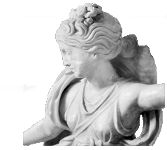
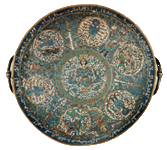

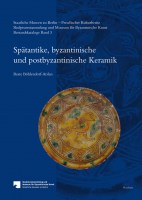
 Preface
Preface

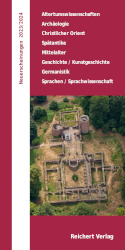 Neuerscheinungen 2023/2024
Neuerscheinungen 2023/2024
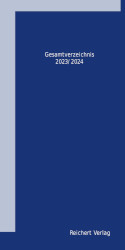 Gesamtverzeichnis 2023/2024
Gesamtverzeichnis 2023/2024
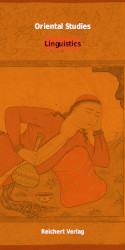 Katalog Oriental Studies & Linguistics
Katalog Oriental Studies & Linguistics
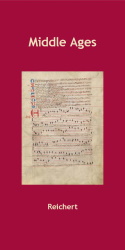 Mittelalter
Mittelalter
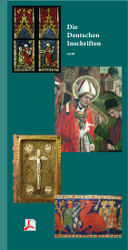 Deutsche Inschriften
Deutsche Inschriften
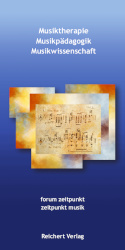 Musiktherapie
Musiktherapie
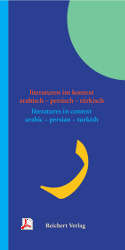 Literaturen im Kontext
Literaturen im Kontext